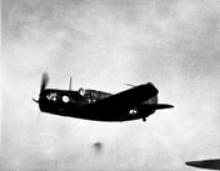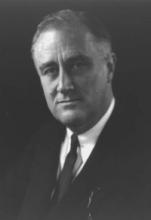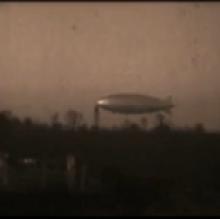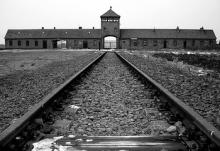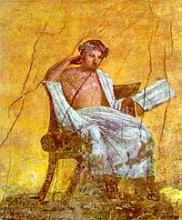"Valkyrie" (part 2)
But what of the cast of characters in Valkyrie? These men who had taken arms to defend Germany's honor and pride, and now found themselves fighting a war they could not win for causes they had stopped believing in? Five of the cast of Valkyrie have appeared in other notable World War II movies - two in Der Untergang and three in 2001's Conspiracy (which provided some base of influence for Valkyrie). The one notable exception (who, to the best of my knowledge, has not appeared in a WWII movie) is Tom Cruise. And maybe, somehow, he suffers from this relative inexperience.
Cruise's acting is so stoic that it's hard to get invested in his von Stauffenberg. While the real von Stauffenberg was passionate in his disdain for Nazi policies and his desire to liberate Germany from Hitler, Cruise's square-jawed performance fails to inspire on a lot of levels. It's only in von Tresckow's desperation, Olbricht's fear, Beck's (Terence Stamp) "thinking of earlier times" and the adrenaline of von Quirnheim (Christian Berkel) that we can get caught up in the characters of the story, and we live and die with them. We want to believe that in the heartland of the greatest evil known to humanity, there are still decent human beings willing to sacrifice everything to make a stand. And watching Brannagh, Nighy, Stamp and Berkel, we can believe it. But when it's Cruise, we have to take his word for it. With one single question ("Do you recognize my voice?"), even Bamber's Adolf Hitler, with only a handful of lines, evokes more emotion than Cruise's von Stauffenberg does with a starring role. That's more a shame for the portrayal of von Stauffenberg than it is a criticism of Cruise's acting talent. It would be unfair to say that the strength and the success of the movie depends on one man's performance, but with Cruise as the cornerstone of Valkyrie, his comparatively by-the-numbers delivery of Claus von Stauffenberg is a letdown.
John Ottman, longtime collaborator with Bryan Singer, returns to score Valkyrie, and does a brilliant job of it. His work runs the range from the beautifully haunting "They'll Remember You" to the more typical, Wagnerian (heh) "March 13th Attempt". At times, it does seem a bit Hollywood-esque - jackbooted Nazis marching down polished marble corridors with thunderous timpanis hammering away in the background. It's rarely overdone, and complements the aesthetics and Singer's eye for detail quite well.
The German media lauded Valkyrie for bringing attention to a chapter of their country's history that had been relegated to history books and memorial plaques. Detractors and controversy aside, the movie faithfully honors the men who tried to make a stand against Adolf Hitler, and does so without becoming bogged down by history or technical details. Being a robust dramatization of the 20 July plot, Valkyrie might not appeal to viewers who don't know a great deal about Nazi Germany (or who aren't generally interested in history), but Singer and crew tell the tale well enough that it's easy to get caught up in the intrigue, the drama and the action. And if Valkyrie sheds a little light on a dark time, the men who tried to stop Hitler have their tale told well, and what they did was certainly not forgotten.




